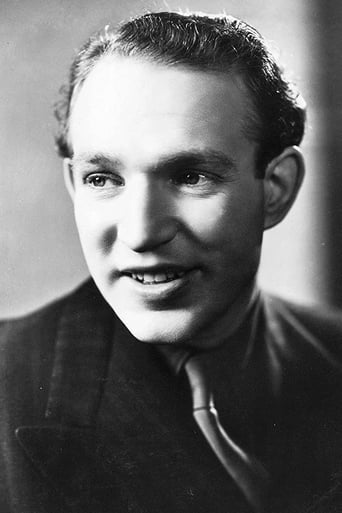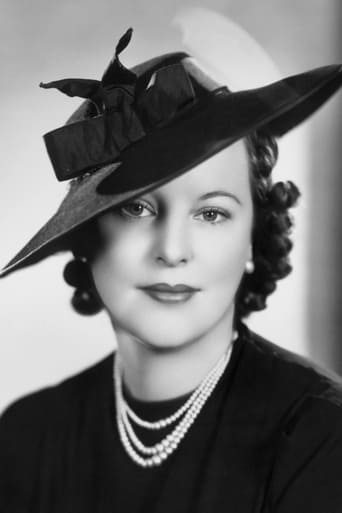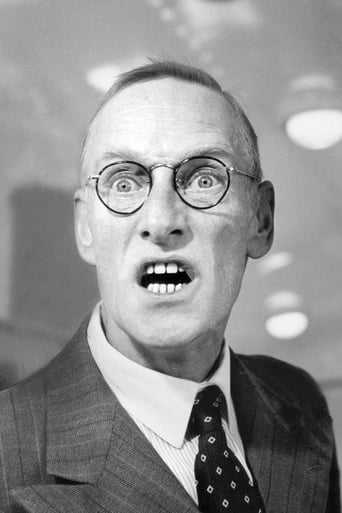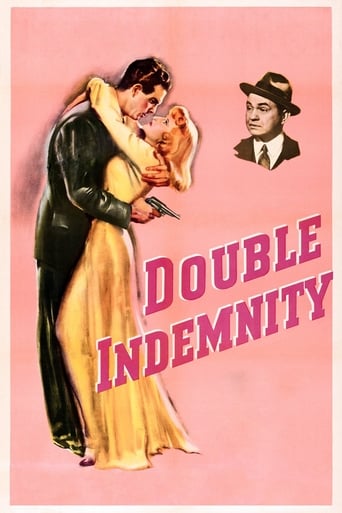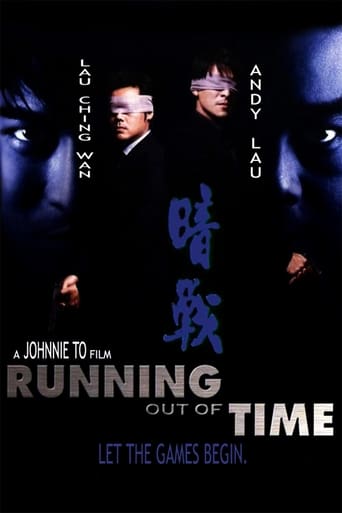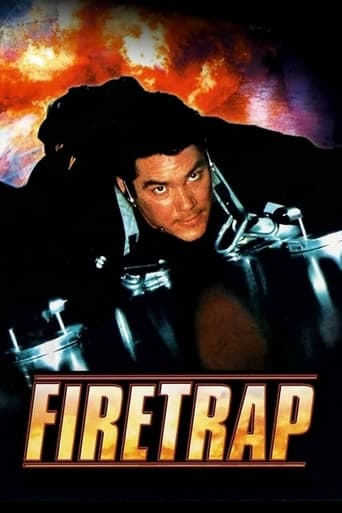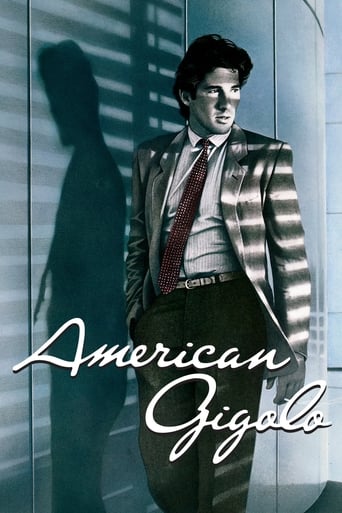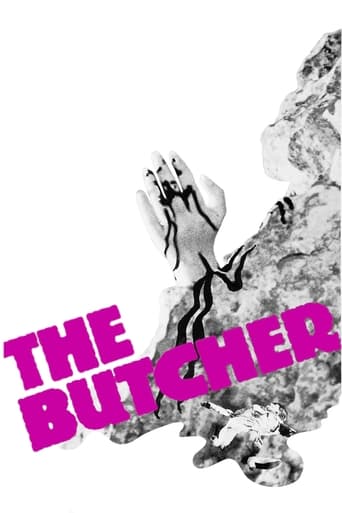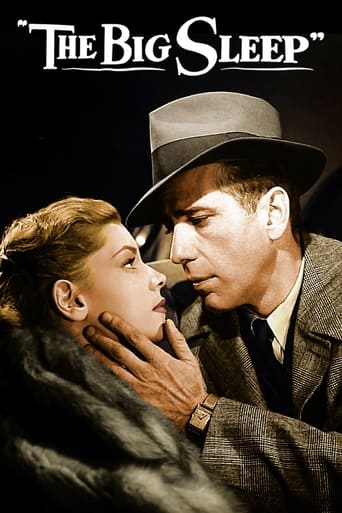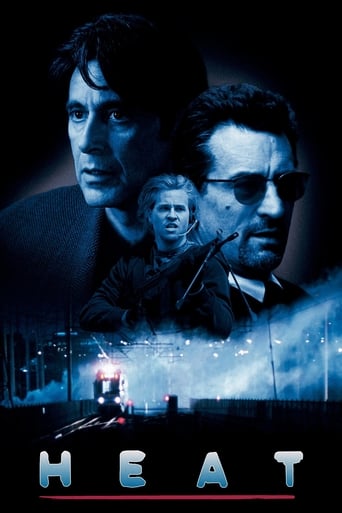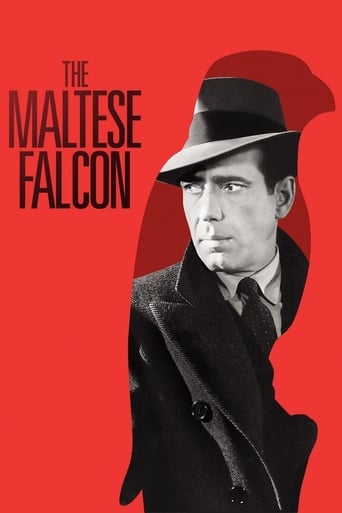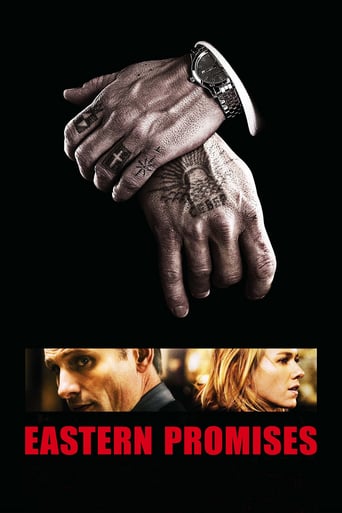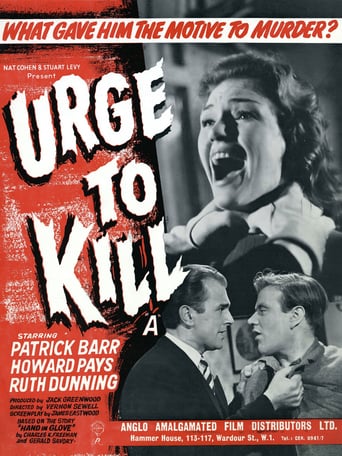

Urge to Kill (1960)
A psychopathic killer murders three girls before police catch him.
Watch Trailer
Cast


Similar titles
Reviews
"Urge to Kill" is one of the first films that became part of the series of loose adaptations of Edgar Wallace. Released in 1960, the story concerns the murders of local young women who have been strangulated by an unknown assailant. Suspicion falls upon a mentally disabled lad - predictable enough. This isn't the sort of film which is tailored for any particular actor as no one really dominates the plot. There are some effective scenes to be sure but this film is merely business as usual. Amongst the cast, the most familiar face is Wilfred Brambell - two years away from - "Steptoe and Son." He is completely different to his Albert Steptoe character in this movie.
In a small town someone is strangling young women. Attention centres on a boarding house for the culprit but who? The mumsy landlady, the scripture quoting salesman, the spruce young man, the mentally challenged boy? The murderer is revealed too soon so that takes some of the the tension out of the narrative. It is based on a novel by by Gerald Savory and the play 'Hand In Glove' by Gerald Savory and Charles K. Freeman so using the latter it is mostly confined to one set but there is some location shooting.Acting wise it is decent enough with good performances from Ruth Dunning, Howard Pays and Anna Turner with able support from Wilfrid Brambell and top billed Patrick Barr as Superintendent Allen. The redoubtable Rita Webb has a small role. The educationally subnormal young man is played by Terence Knapp who played the same role a year earlier in an ABC television adaptation of the play. The film is moderately entertaining. One wonders what the television version was like.
Presented in some countries as an Edgar Wallace Mystery, this tale rarely rises above the ordinary and obvious. In a boarding house run by mumsy Auntie B we find her nephew Hughie, a 'mental case', and a smooth suited chap, as well as a former teacher (Wilfred Brambell, pre Steptoe.Someone is murdering young girls: of course, Hughie is suspected because he collects broken glass and the victims are usually slashed - but is he really responsible? The solution is obvious early on so there's no real suspense. Still it is watchable, if not essential.Performances are generally OK; stalwarts like Patrick Barr as chief copper appear - and the story attempts to put a little grit into the situation. But the heart isn't really in it, and this film feels resolutely middle-class.
The Edgar Wallace Mysteries were a 46 film series made by Merton Park Productions. They concluded in 1965, with "Dead Man's Chest", and began here with "Urge to Kill" five years earlier. Or did they? "Urge To Kill" lacks the revolving bust opening titles of the Edgar Wallace series. Also, it isn't based on anything that Wallace wrote. Despite it being listed on IMDb as the first film of the series, it was probably only retitled as "Edgar Wallace Mysteries: Urge To Kill" for the USA and wasn't part of the series at all. No matter. A lunatic is running amok in what looks like a particularly grim small town. No green hills in these parts, as someone remarks even though I watched a green tinted version of this film, which makes everyone look a bit sicklier than they no doubt were. There's a small town mentally to many of the villagers, or towners, in the shape of some large talk down The Anchor (that's a pub) of mobbing up and sorting out Hughie (Terence Knapp), the educationally subnormal young man (or "mental case" as the Police refer to him charming!) who lives with his Auntie, Auntie B (Ruth Denning) the landlady of a modest boarding house. Huey likes roaming round by the docks and derelict sites to find "pretty bits like flowers" pieces of old broken bottles and such. Some local Judy will be bumped off and Huey will arrive home soaking wet or covered in mud. Other suspects emerge in the form of Auntie B's boarders: kindly (or is that cowardly?) Mr Forsythe (Wilfrid Brambell, yes, that one) who has a habit of quoting the Bible - and Charlie Ramskill (now there's a clue) played by Howard Pays as an unctuous sales rep who's outward confidence masks an alarming inadequacy with the ladies. Oh and there's Mrs Willis (Anna Turner) who likes to pop in with her glad tidings. Mrs Willis sounds like one of those TS Eliot women from the Wasteland: "Have you seen the paper? Have you seen it? It's Jenny. You know: Curly's daughter. Got herself done in. Strangulated. Here! See for yourself! Murdered and gashed! Gave me quite a turn. I wouldn't say no to a cup of tea." It all adds up to something less than a mystery as it's pretty quickly revealed who the real madman is. Unusual for the era for the way it places a erm - murdering lunatic in an everyday setting - rather than the Grand Guignol mannered style of horror films "Urge To Kill" came bang in the middle of Merton Park's heyday when they chugged along at the rate of one feature per month - before tailing off into TV production by the late 60s. "Urge To Kill" runs contrary to the usual second features of the time, Butchers' productions of feeble glamour in London apartments/ nightspots for example, and outwardly has more in common with early Coronation Street. Merton Park Productions, who had their studios opposite erm Merton Park in London, were notorious for using locations in and around SW19 in order to keep their production costs down. This one is all quite studio bound; most of it set round the kitchen table. The writers presumably imagined that they were creating quirky, eccentric characters but very little about "Urge To Kill" rises above its mundane setting.


